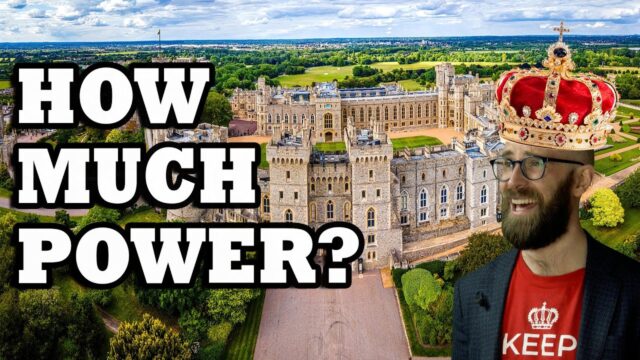“Unraveling the Myths: The Surprising Reality of Medieval Monarchical Power Revealed!”
(That’s Jafar, basically!)
‘The Wazir stood next to the caliph and acted as his alter ego … vested with absolute and
unfettered discretion in all matters concerning the state. With the help of their … wazirs, the Abbasids were able to streamline the existing administrative structure.’
In 1258, the Abbasid Caliphate collapsed under the attacks of a Mongol ruler called Hülegü, who happened to be the grandson of Temujin, better known as Genghis Khan, or ‘universal ruler’.
Temujin had founded the Mongol empire in 1206, becoming its first Khagan, or emperor. Between that date and his death in 1227, the Mongol dominion expanded into the largest contiguous land empire in history, extending from the Pacific Ocean to the Danube river.
That makes him the most powerful monarch we discussed so far, sure. But ruling over such vast and diverse lands is no easy task.
As much as he was swift and ruthless in battle, Temujin was not a full-on despot, who relied on meritocracy, a well-oiled administration, and a complex source of legitimacy, blending divine authority with pragmatic law-making.
Let’s first address local government. According to Professor Beverly May Carl, Dedman School of Law, Dallas, Genghis Khan had little interest in directly ruling over every single conquered land, as long as it provided revenue.
His empire’s provinces were managed via a military-feudal system, in which authority was entrusted to commanders who had proved themselves on the battlefield, or capable civilian officials. Very often, the latter were recruited amongst the conquered population, provided they had the right leadership skills. Local governorships were not inherited, and new local administrators had to earn their position.










